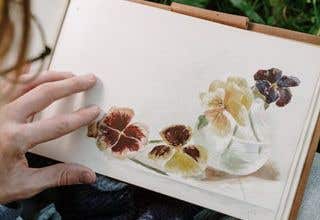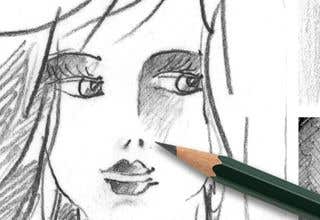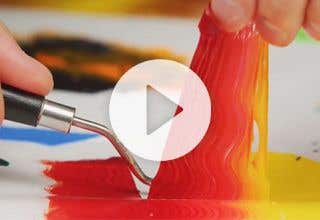As an artist, you often find yourself choosing colours to express a variety of emotions and themes. But do you ever consider the backstory behind the colours you choose? What is it about certain colours that make them so important and powerful? Whether you are an artist that works in wet media such as oil and water colour paints or dry media such as coloured pencils, it is useful to understand what colours symbolise. Welcome to our deep dive on the meaning of green. From lush forests to four-leaf clovers, ideas of freedom, status or envy, green can evoke a variety of images and themes.
It’s no secret that colour can have a powerful effect on how we feel and think. The psychology behind why we choose certain colours reveals some fascinating insights into the way that humans interact with our environment. In terms of green, it has long been associated with nature and growth – think springtime where nature blossoms in shades of vibrant greens – but it also speaks to other feelings like love, luck and fertility.
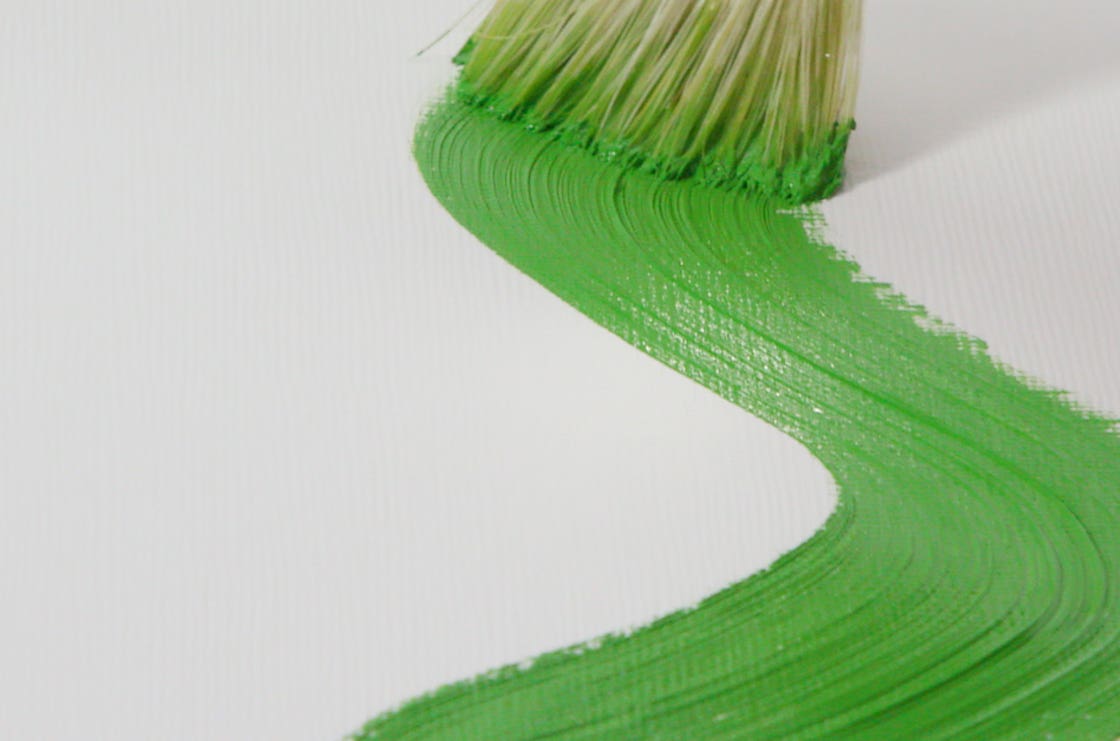
History of Green
Green has been a popular colour throughout art history for its various symbolic meanings. In Christianity, it symbolizes life, hope, joy, as well as resurrection – often seen in depictions of Christ with a halo around His head or in robes with shades of green. It can also signify fertility due to its association with springtime – often seen in classical frescoes depicting scenes from Greek mythology where gods and goddesses are surrounded by lush greenery. Additionally, during the Middle Ages wearing clothing made out of green fabric was an indication that one had money or status – this was due to the difficultly involved in producing such colours through dyeing processes that could only be afforded by wealthy individuals who could afford expensive fabrics and materials.
Green is closely associated with nature, representing growth, fertility, renewal and life—all concepts that have been celebrated by artists since the dawn of time. It makes sense that we associate green so heavily with life on Earth; after all, it is one of nature’s most prominent colours. From lush fields full of vibrant grasses to deep forests filled with towering trees – these are just some examples of how green can be seen almost anywhere you look throughout nature. It’s no wonder why many artists use green as a symbol for depicting life itself!
Green was also used to signify luck during times where poverty was rampant — thus depicting a source of hope for those who were struggling in their day-to-day lives. For example, during Ireland’s Great Famine in 1845–1852, people turned to superstition as a way to cope with their suffering; one such superstition involved wearing something green on St Patrick’s Day as it was believed it would bring luck throughout the year ahead — something which persists even today!
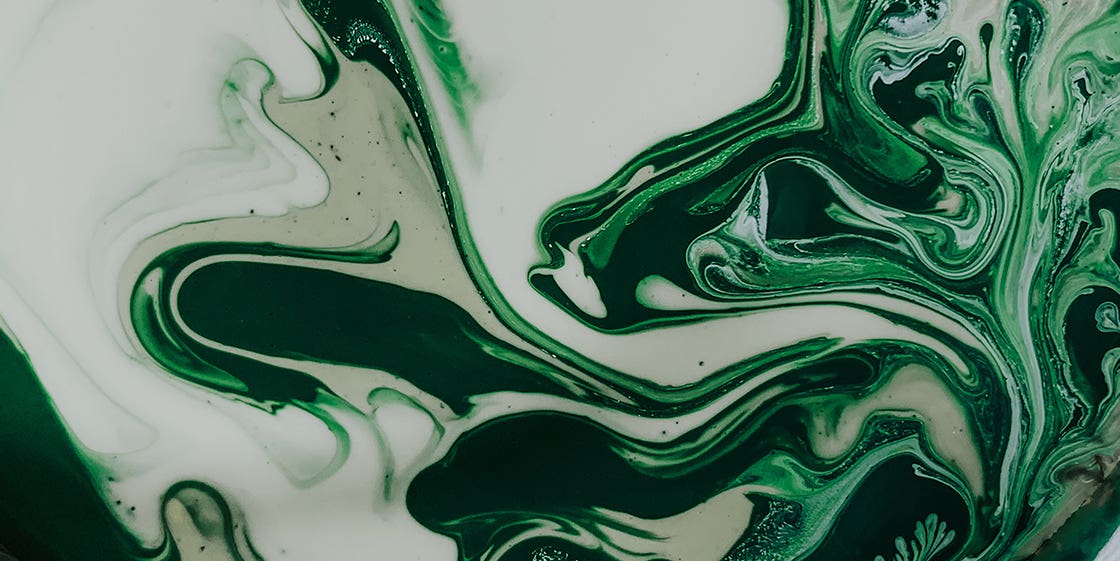 The Challenges Around Creating Green Paint
The Challenges Around Creating Green Paint
Creating paint in shades of green presented a challenge for centuries due to its relative difficulty compared with other colours like blue or red. A combination of natural earth and copper mineral malachite was used initially; however, this meant that over time the pigment would turn black due to corrosion from air pollutants. As a result, painters had a difficult time creating true greens that could be preserved for years without fading or discolouring over time.
In 1814 an English chemist named George Field invented what he called “chrome yellow” – an orangey yellow pigment made from lead chromate - revolutionizing how painters could create shades of green without worrying about their longevity. Chromium oxide pigments allowed painters to produce more vibrant greens than ever before while also ensuring their reliability over time due to their resistance against air pollution. This breakthrough in modern pigment technology opened up new artistic possibilities for painters all around the world when creating works featuring shades of green representing life and growth on canvas or paper media alike!
Using Green in Your Artwork
When using green in artwork, think about what message you want to convey. Do you want your art piece to evoke feelings of growth or luck? Maybe even envy? Choosing which shade of green will also depend on what you're trying to communicate - for instance a bright neon shade might suggest energy while a muted olive tone could suggest age or wisdom. You can also use multiple shades together for interesting effects - maybe use several shades of olive together for a natural landscape painting or blend vibrant hues for an abstract expressionist piece that conveys energy and excitement.
We hope this deep dive on the power and meaning behind the colour green has given you new insight into how humans interpret their environment through colour choice. And now when selecting your palette for your next masterpiece, take some time to reflect on the backstory behind each hue – especially green! With its connection to nature, money, luck and more, understanding how people perceive this versatile colour will help inform your artwork so that it speaks effectively across cultures and generations.
Eckersley’s has been in business since 1965, and many of our staff come from art, craft or creatively skilled backgrounds. This means you will always get quality product and advice when you shop with us. So If you are looking for help with choosing green products, visit us in store or shop online today.
We love to see our customers’ wonderful creations! Show us on Instagram by using our hashtag #createwitheckersleys or tagging us in your post - @eckersleys. We might even feature your art on our website!







